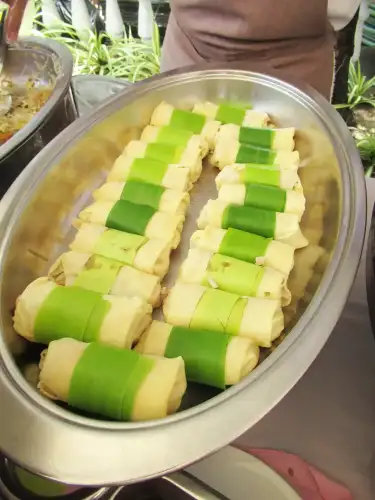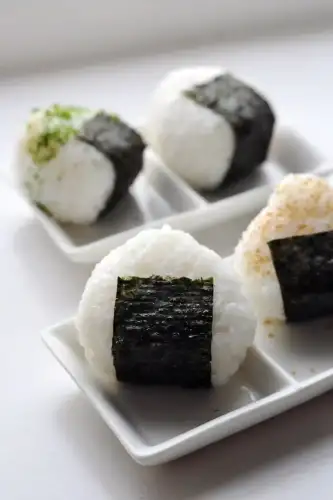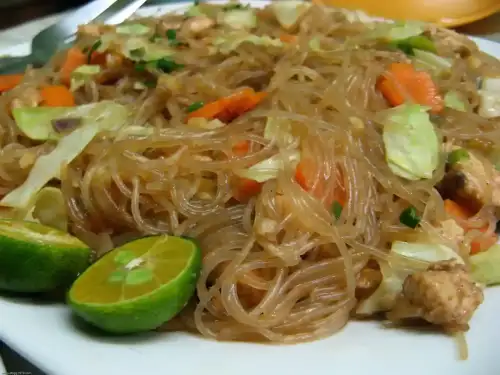Celiac.com 05/28/2025 - Lumpiang Sariwa, or "fresh spring rolls," traces its origins to Chinese influence on Filipino cuisine during centuries of trade. Unlike its fried counterpart, this delicate version celebrates fresh, crisp vegetables wrapped in soft crepes, traditionally made with wheat flour. Our gluten-free adaptation uses rice paper wrappers - a nod to pre-colonial Filipino cooking methods that relied on rice as the staple grain. The result honors the dish's heritage while making it accessible to gluten-sensitive eaters.
What makes this version special is our homemade peanut sauce, crafted without soy sauce (which typically contains wheat). We've incorporated native Filipino ingredients like banana ketchup and calamansi to maintain authentic flavors while keeping every component celiac-safe. These rolls make perfect party food or a light, nutritious meal that's naturally dairy-free and vegan-adaptable.
Gluten-Free Lumpiang Sariwa Recipe
Celiac.com Sponsor (A12):
Serves: 6 | Prep Time: 30 mins | Cook Time: 15 mins
Ingredients:
- 12 rice paper wrappers (22cm diameter)
- 2 cups jicama, julienned
- 1 cup carrots, julienned
- 1 cup green beans, thinly sliced
- 1 cup cabbage, shredded
- 1 cup tofu, fried and sliced (or cooked shrimp)
- 1 cup lettuce leaves
- ¼ cup fresh cilantro
For the Peanut Sauce:
- ½ cup natural peanut butter
- 2 tbsp banana ketchup
- 1 tbsp calamansi juice (or lime)
- 1 tsp ginger, grated
- ½ cup coconut milk
- 1 tbsp coconut aminos
- 1 garlic clove, minced
Instructions:
- Prepare vegetables: Blanch green beans for 1 minute, then shock in ice water. Keep all vegetables crisp and dry.
- Make sauce: Whisk all sauce ingredients in a saucepan over low heat until smooth. Thin with water if needed.
- Soak wrappers: Dip rice papers in warm water for 10 seconds until pliable, then lay flat on a damp towel.
- Assemble rolls: On each wrapper, layer lettuce, vegetables, tofu/shrimp, and cilantro. Fold sides inward, then roll tightly.
- Serve immediately with peanut sauce, or wrap in damp paper towels to prevent drying.
A Fresh Take on Filipino Tradition
This gluten-free Lumpiang Sariwa proves that dietary restrictions don't mean sacrificing cultural flavors. By using rice paper instead of wheat crepes and creating a soy-free peanut sauce, we've maintained all the textural contrasts that make this dish special - the crunch of fresh vegetables against the chewy wrapper, all brought together by the rich, tangy sauce. These rolls are perfect for introducing Filipino cuisine to gluten-free friends or enjoying as a light yet satisfying meal. The recipe also offers endless variations - try adding mango strips for sweetness or crushed peanuts for extra crunch.
Storage Tip: Keep unrolled ingredients separate and assemble just before eating for best texture. The sauce can be made 3 days ahead.











Recommended Comments
There are no comments to display.
Create an account or sign in to comment
You need to be a member in order to leave a comment
Create an account
Sign up for a new account in our community. It's easy!
Register a new accountSign in
Already have an account? Sign in here.
Sign In Now